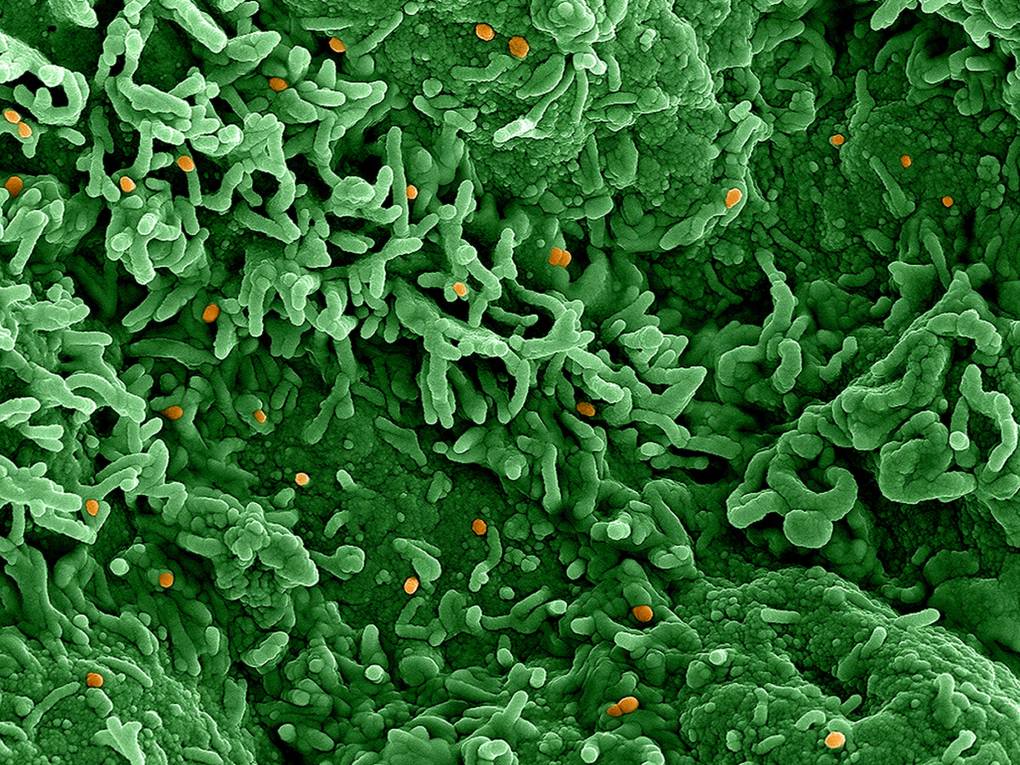Public health officials in Marin County are now tracking illicit drugs in local wastewater — everything from nicotine to methamphetamine and fentanyl. Testing sewer water can illustrate exactly what is “hot” and where, offering a more accurate picture of the drug crisis than simply counting overdoses.
“We know now that our clinical data sources just show us the tip of the iceberg of actual overdoses, because if someone doesn’t call 911, or doesn’t present to the emergency department, we might never hear about it,” said Dr. Haylea Hannah, an epidemiologist for Marin County.
In early February, the Marin public health office began testing weekly samples collected at the Central Marin Sanitation Agency in San Rafael. The move followed the county’s success using sewers for COVID-19 surveillance — communities are increasingly relying on wastewater data to track viral levels, because sewers can show the burden of disease much more accurately than clinical testing data, since people are no longer going to the hospital for PCR tests.

